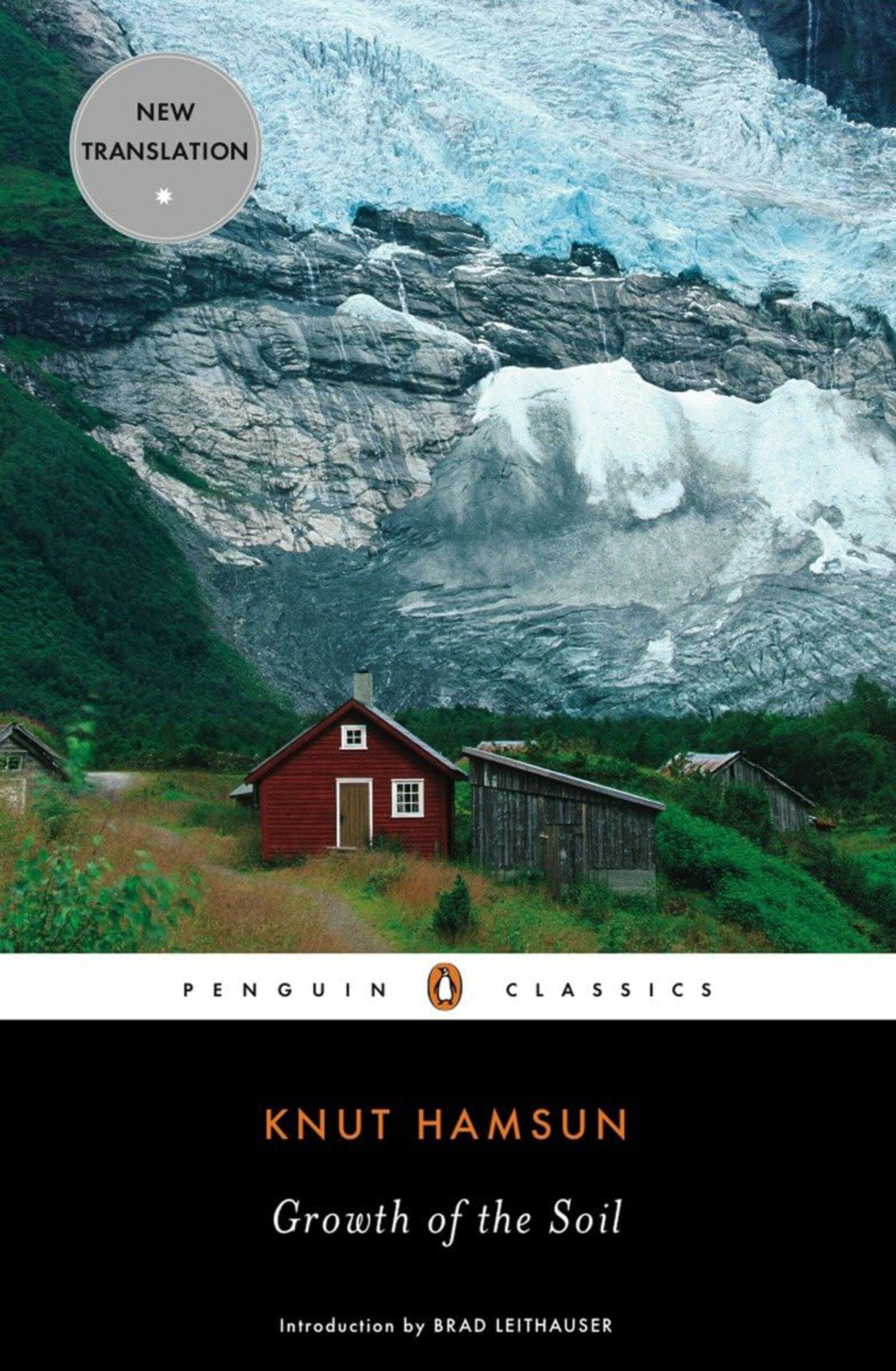Lorentz Diderich Klüwer: In 1815, Norwegian farmer and army officer Lorentz Diderich Klüwer published a pamphlet on practical farming. In this post, we retell some of his farming advice for the month of January. | Klüwer lived in Verdal, in the region of Trøndelag, and some of his teachings may be influenced by the local geography and climate. | When his pamphlet was first published, Norway had a population of around 900,000, with 90% still living in rural areas.
The frost
With January comes the coldest part of the year, so check your earth cellar or other places where you store food and other feeble belongings.
According to old Norwegian calendar traditions, 14 January was midwinter.
Threshing the grain
The cold January weather is perfect for threshing the sheaves of grain from last year’s crop, stored and dried in the barn since autumn. The grain now separates well from the straw and chaff.
The chilly weather also makes the beaten straw softer, and more suitable for animal fodder.
If two men start at 5 o’clock in the morning – and keep on threshing until darkness comes in the evening – they should be able to thresh 300 sheaves of grain per day.
Keep the threshing going, because the coldest season of the year is when mice and rats in earnest start eating the grain stored in the barn.
The seed for the coming crop
Set aside the best and heaviest grain as seed for the coming crop. The grain stored in its chaff for the longest, will be the first to sprout, and tolerates best any late spring frost.
When you are threshing, make particularly sure not to harm or break the grain that is to be used as seed or to make malt. A broken grain often only produces a feeble sprout, and no roots at all.
There is one exception to an early threshing, and that is the portion of the barley that you plan to use as seed. You should thresh these sheaves as close to the planting season as possible.
Herring
If you haven’t already, now is the time to stock up on herring, for the late autumn herring season is coming to an end.
The livestock and skin problems
At mid-winter, locked up in their dark and cramped sheds and stables, the livestock often experience problems with their skin, and the most intolerable of vermin. Remedy this by washing the animals with salt water or ant water.
Ant water is a decoction made by taking a part of an ant’s hill – the ants included – and letting it stew and simmer with water. Do not use this remedy on pregnant animals or animals that are milking. In such instances, use instead a decoction made from tobacco and urine, and wash the animal 2 to 3 times a day for 4 days.
If a horse feels poorly and stops eating, give the horse a small dose of the ant water to drink for three days, and it will soon start eating again.
Timber
January is the best time to cut the timber that you need for housebuilding or toolmaking on the farm; it will not crack or be infested by wood-loving creatures.
The timber cut in January is hard and robust, and perfect to use for handles on the plough, sledge runners, wagon shafts, and much more.
Remove the bark at once and split the wood as needed; this is to make sure that it dries properly. Store it in a dry and airy place until it is ready for use.
Firewood cut and prepared during January is also the best, as it contains a minimum of sap. It gives off more heat – and burns longer.
sponsored link
Leave the forge be
During the month of January, the blacksmith does best in postponing some of the work in the forge: sharp iron tools and edges made during this month become brittle and will break more easily.
Animal hair
During January, the horses and the cattle begin to shed hair, and it is important to groom the animals well. Keep and store the hair for use as upholstery in saddles, harnesses, and furniture.
Fishnet thread
Fishnet-makers make your fishnet thread during January, as it will be stronger and more flexible than thread made during other parts of the year.
The farm bull
Isolate the farm’s bull from the cows from January onwards, until in early May. This is to ensure that the cows only give birth at the preferred time of the year.
[A cow’s gestation period is 283 days. On the old Norwegian farm, the preferred time for most calves to be born was in the spring. This was to ensure a maximum milk production during the summer months, when the cows could feed outdoors.]
A bull older than three years is usually no longer fit for purpose.
Stocking up on sand
If you need sand, then January is the best time to collect the cold and dry sand from available sand banks.
Frostbite
Should you suffer from frostbite, take some fresh but frozen horse manure, break it into small pieces, and then leave it to melt and slowly dry on the inflicted area.
Next, put some fresh horse manure in its place, leave it for a while to work its magic, and then cover the wound until it heals.
A cough or a cold
If you have a cough or a severe cold, bring some fresh milk to the boil, and add a good dose of high-alcohol spirits. Drink the mixture as hot as possible at bedtime. Keep warm in bed, and you will soon be up and about.
Source: Klüwer, Lorentz Diderich. Bonde-Practica. Det kongelige norske videnskabers selskab 1815 – Kraftfornytt 1972. Nasjonalbiblioteket nb.no | EGP.00029





